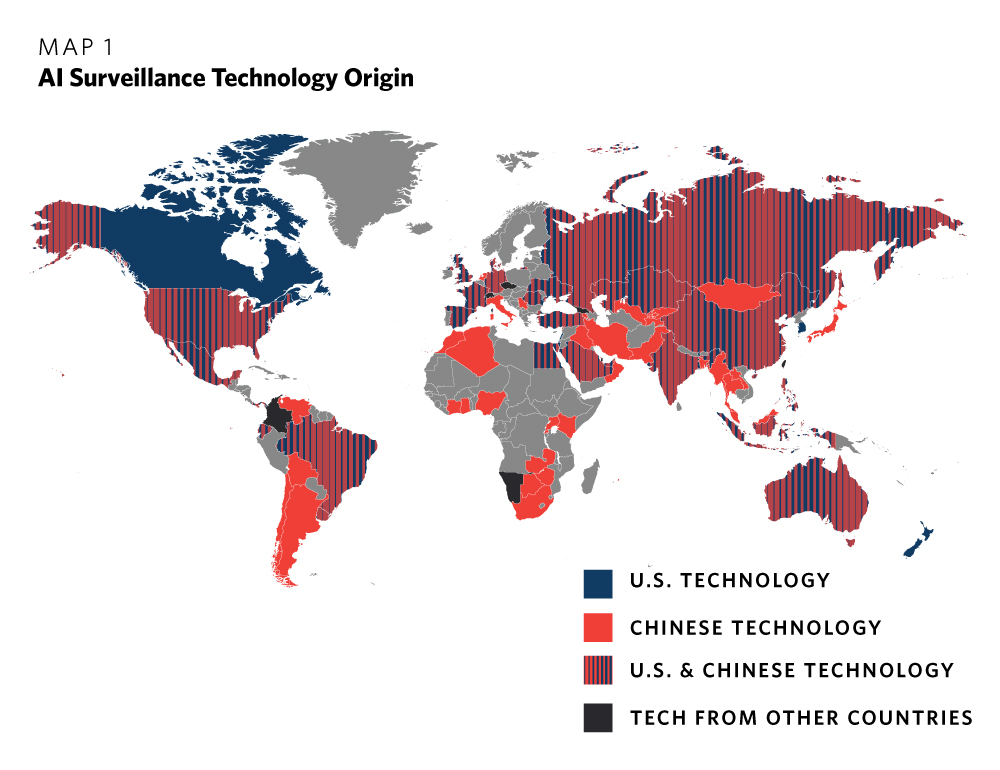
Indonesia’s Copper Smelting Ambitions: A New Era in Mining
Indonesia is taking decisive steps to bolster its position in the global mining sector, marked recently by the inauguration of two significant copper smelters. This ambitious move is a key part of the country’s strategy to enhance its downstream industries and maximize resource utilization within its borders.
A Glimpse into the New Smelters
At the forefront, the first copper smelter, under the ownership of PT Amman Mineral International, boasts a hefty investment of $1.4 billion (Rp21.26 trillion). Situated in the West Sumbawa Regency of West Nusa Tenggara Province, this state-of-the-art facility showcases advanced double flash cyclone technology, capable of processing 900,000 tonnes per annum (tpa) of copper concentrate. It aims to produce annually 220,000 tonnes of copper cathodes, alongside an impressive 18 tonnes of gold, 55 tonnes of silver, and 850,000 tonnes of sulphuric acid as by-products.
 The vibrant world of copper smelting in Indonesia
The vibrant world of copper smelting in Indonesia
The second smelter, owned by PT Freeport, is strategically located in the Gresik Special Economic Zone (KEK) JIIPE in Gresik Regency, East Java Province. With an investment of Rp56 trillion, this facility is designed to handle an impressive 1.7 million tonnes of copper concentrate, primarily sourced from the rich mining regions of Papua. This smelter too aims to produce high-quality copper cathodes, contributing significantly to the country’s output.
Economic Implications and National Goals
During the launch, President Joko Widodo underscored the critical importance of downstream processing in achieving Indonesia’s aspirations of evolving into a fully industrialized country. He remarked, “As the owner of the world’s seven largest copper reserves, we have entered a new chapter in the downstreaming of the copper industry, and we want to welcome becoming an advanced industrial country by processing its own natural resources.”
Widodo emphasized that these new operations are expected to impact the local and national economies positively. They promise an increase in the gross regional domestic product of NTB Province and will create numerous job opportunities for the local community. The government anticipates that the smelters will enhance Indonesia’s capacity for self-sufficiency in natural resource processing, paving the way for sustainable economic growth.
Embracing Advanced Technology and Innovation
The introduction of cutting-edge technologies at these smelting facilities is a testament to Indonesia’s commitment to innovation in the mining sector. The use of double flash cyclone technology not only boosts efficiency in copper production but also addresses environmental concerns associated with mining operations. This technique significantly reduces waste and enhances the quality of the output, aligning with global standards for sustainable mining practices.
Furthermore, the focus on processing natural resources domestically reflects a strategic shift aimed at reducing dependence on foreign operations. As countries around the world increasingly prioritize sustainability and local sourcing, Indonesia’s move could serve as a model for other resource-rich nations.
The Future of Indonesia’s Mining Industry
As Indonesia embarks on this promising venture, the global mining industry is watching closely. The formal opening of these smelters is expected to draw foreign investment and technological partnerships, further solidifying Indonesia’s role in the worldwide copper supply chain. By building strong downward linkages in its mining sector, Indonesia not only enhances its economic resilience but also prepares for a robust contribution to the global market.
In conclusion, Indonesia is marking a significant milestone in its mining history with the establishment of these copper smelters. The nation stands poised to leverage its natural resources to foster economic growth, create jobs, and elevate its global standing in the precious metals industry. The momentum gained from these developments heralds a future rich in opportunity for both Indonesia and its mining sector.
For updates on the mining industry and the latest technology innovations, visit EMA.















